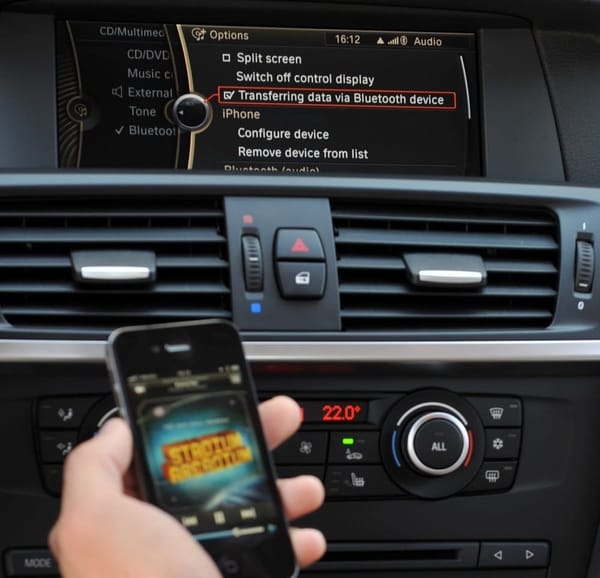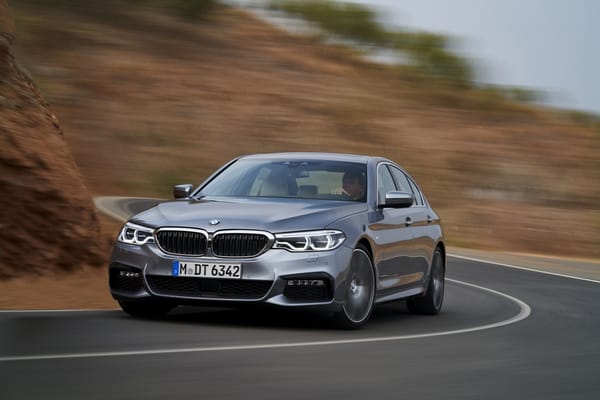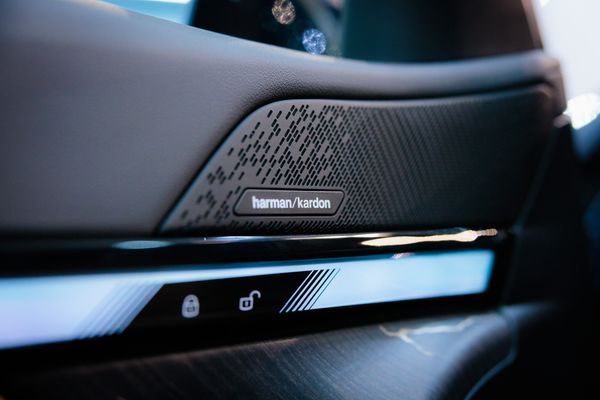The Ultimate Guide to Jump-Starting a BMW (Without Breaking It)
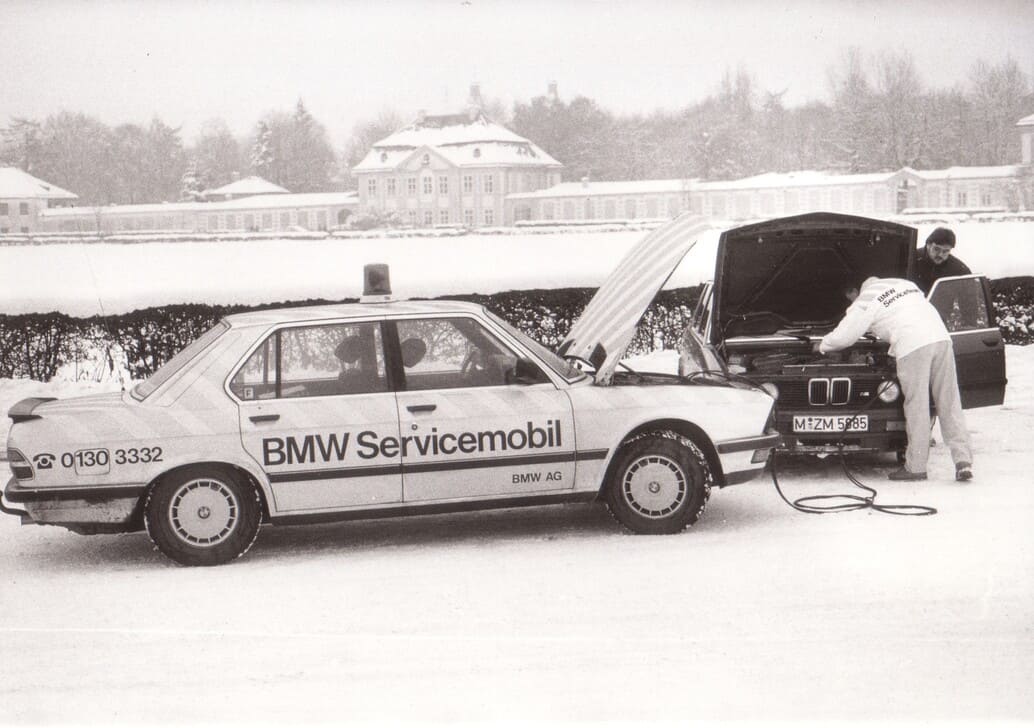
Ah, BMWs. The ultimate driving machine, the pride of Bavaria, and a sheer joy to drive... until the battery dies. Whether it's from accidentally left-on side lights or the natural aging of the battery, at some point, you might find yourself in need of a jump-start.
Now, if you're thinking that jump-starting a BMW is just like jump-starting any other car, think again. Sure, the basic principles are the same, but BMWs, with their intricate electronics and precision engineering, require a tad more finesse. Jump-starting a BMW improperly can result in a hefty repair bill — and trust me, you don't want to go there.
In my two decades of repairing, handling, loving, and occasionally swearing at BMWs, I've jump-started more than I can count. I've mastered the art. And now, I'm here to share that knowledge with you.
So, if you want to rescue your stranded BMW without triggering an electronic apocalypse under the hood, read on.
This guide has got you covered.
Jump-starting Dangers: The ECU Nightmare
Let's get this straight: Jump-starting isn't inherently dangerous. But doing it wrong? That's where the horror stories begin. Especially with BMWs.
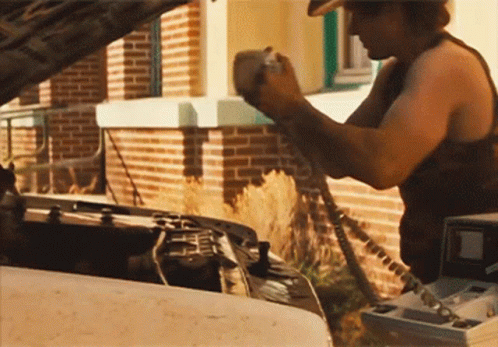
The Risks of a Bad Jump-start
Imagine this: You're late for an important meeting. You hastily connect the jumper cables, trying to get your beloved BMW roaring back to life. But instead of the sweet hum of the engine, you're greeted by ominous silence. Even worse? That dashboard that used to light up like a Christmas tree is now as dark as a moonless night. That, my friend, is the result of a botched jump-start.
The Notorious E Series FRM Module
BMW's E Series has a reputation, and it's not for its impeccable driving dynamics. Nope. It's for the FRM (Footwell Module) that seems to have a vendetta against incorrect jump-starts. Just one wrong move, and this module can fry faster than an egg on a summer sidewalk. And it doesn't come cheap to replace.
Real-world Scenarios: Bricked Modules and Their Consequences
It's not just the FRM Module that's sensitive. Over the years, I've seen a parade of bricked modules after misjudged jump-start attempts: the instrument cluster (KOMBI), Front Electronic Module (FEM), and Dynamic Stability Control (DSC) — to name a few.
These aren't just expensive to replace; they're a headache. Most aren't plug-and-play, meaning you'll be spending quality time (and money) with your mechanic.
So, before you start connecting cables willy-nilly, take a deep breath. Understanding the potential pitfalls is the first step to avoiding them. And the next sections? They'll arm you with the know-how to jump-start your BMW safely. Stay tuned.
The Science of the Surge
Alright, let's dive a bit into the technical nitty-gritty. BMWs are equipped with state-of-the-art electronics, and while they're a marvel when working correctly, they can be a bit... sensitive.
Here's what happens when you mess up a jump-start:
What Happens When You Get It Wrong?
At its core, a jump-start is all about sharing energy. The donor car offers a helpful jolt to your dead BMW battery. But here's the kicker: if the energy transfer isn't smooth, it can create a massive voltage spike. Think of it as an electrical tsunami, overwhelming the circuits and causing chaos in its wake.
The Voltage Spike: Its Magnitude and Its Victims
In most cases, a little surge won't do much harm. But when we're talking about spikes of 150 to 200 Volts? That's when things get dicey. Most of BMW's electronic modules have built-in overvoltage protection, but these massive spikes can blow right past those defenses. The result? Fried electronics.
The Role of the Donor's Alternator
Here's where things get interesting. The donor car's alternator plays a crucial role in the jump-start process. If your BMW's battery is entirely drained and the donor car's alternator senses this, it might try to send a massive amount of electrical juice to compensate. This rush, especially if the connection is made hastily, can trigger the dreaded voltage spike.
So, before you start playing the hero with jumper cables in hand, remember: understanding the science behind the process is key. A jump-start isn't just about connecting two batteries; it's about managing a delicate balance of energy transfer. And as with many things in life, it's all about doing it right. Let's move on to how you can achieve that.
The Right Way: Balancing the Voltage
There's a certain finesse to jump-starting a BMW, a dance of sorts. It's not about brute force but rather achieving harmony between two electrical systems.
Let's break it down:
Pre-jump-start Preparations
Before you even think about clamping on those jumper cables:
- Switch Off All Electricals: Make sure all lights, radios, heaters, and any other electrical consumers are off in both cars. This minimizes sudden electrical demands.
- Inspect the Battery: If it's visibly damaged or leaking, abort mission. Jump-starting a damaged battery is a recipe for disaster.
Step-by-step Jump-start Procedure
Now, for the main event:
- Connect Red to Positive: With both engines off, connect one end of the red (positive) jumper cable to the positive terminal of the dead battery and the other end to the positive terminal of the donor battery.
- Connect Black to Negative: Attach one end of the black (negative) jumper cable to the negative terminal of the donor battery. For the other end? Find an unpainted metal surface in your BMW's engine bay away from the battery. This is your grounding point.
- Start the Donor Car: Let it run for a few minutes. This lets the alternator begin charging and stabilizes the electrical system.
- Start the BMW: If it doesn't fire up immediately, be patient. Give it another minute or two and try again. Forcefully turning the key multiple times in quick succession isn't helping anyone.
- Let Them Breathe: Once your BMW roars to life, let both cars idle for at least five minutes. This helps stabilize and recharge the battery.
Post Jump-start Etiquette
You're almost there, but hold on:
- Disconnect in Reverse: First the black cable from your BMW, then from the donor. Finish by disconnecting the red cable in the same order.
- Check Systems: Once you're running, it's a good idea to check major systems (lights, indicators, radio, etc.). A jump-start shouldn't affect these, but it's always good to be sure.
Remember, the goal here isn't just to get your BMW running; it's to do so without causing damage. By ensuring a smooth voltage balance, you'll protect both vehicles and their sensitive electronics. It's the difference between a successful jump-start and an expensive trip to the mechanic. Balance is everything.
Choosing Your Jump-Start Equipment
While your technique is crucial, the tools you use can make or break the jump-start process. It's like trying to paint the Mona Lisa with a mop — wrong tool, wrong result. Here's what you need to know about choosing the right equipment:
Importance of Proper Cables
Just as you wouldn't use a rusty wrench on your BMW's pristine bolts, don't skimp on jumper cables. Quality matters. Good cables ensure efficient energy transfer and reduce risks.
Five Factors to Consider
- Wire Gauge: Think of this as the thickness of the cables. The lower the gauge number, the thicker the cables. Thicker means more electricity can pass through. For most BMWs, a 4-gauge or 6-gauge set is ideal.
- Insulation: Ensure the cables are well-insulated to prevent accidental contact and possible electrical shorting.
- Cable Length: Longer cables give you flexibility, especially in tight parking situations. Aim for at least 12 feet, though 20 feet offers even more flexibility.
- Clamps: Look for sturdy, well-made clamps that can grip battery terminals securely. They should also be insulated to protect against accidental contact.
- Amperage Rating: This determines how much electrical current the cables can handle. Match or exceed your BMW's battery rating.
Picking the Best Jumper Cables for BMW
Not all jumper cables are created equal. You want cables robust enough to start your BMW, even if its battery is completely drained. Look at the amperage on your BMW's battery label. If it reads 800A, get cables rated at 800A or higher. For instance, if your battery is rated at 900A, a set of cables rated at 1000A is a safe bet.
A Quick Note on Terminology
"Booster cables" might be a term you come across. It's just another name for jumper cables. Same tool, different name.
Remember, in the world of jump-starting, your equipment is your best friend. Invest in quality. Your BMW deserves nothing less, and neither do you.
Conclusion
Navigating the world of BMW jump-starts can seem like a daunting task. With intricate electronics and the potential for costly mistakes, it's easy to feel overwhelmed. But armed with the right knowledge, tools, and a touch of patience, you can breathe life back into your BMW without breaking a sweat — or the bank.
Remember, at its heart, a jump-start is a simple process. It's about connecting two vehicles, sharing energy, and reviving a dormant engine. But with BMWs, the stakes are higher, demanding a more refined touch.
Through this guide, you've traveled the full journey — from understanding the potential dangers to mastering the technique and choosing the right tools for the job. Keep this knowledge in your back pocket, and you'll be prepared for any battery-related curveballs your BMW might throw at you.
In the end, whether you're a seasoned BMW veteran or a first-time owner, the goal remains the same: to enjoy the unparalleled driving experience that only a BMW can offer. Here's to many more miles of joyrides, thrilling accelerations, and open roads.
Safe travels!


